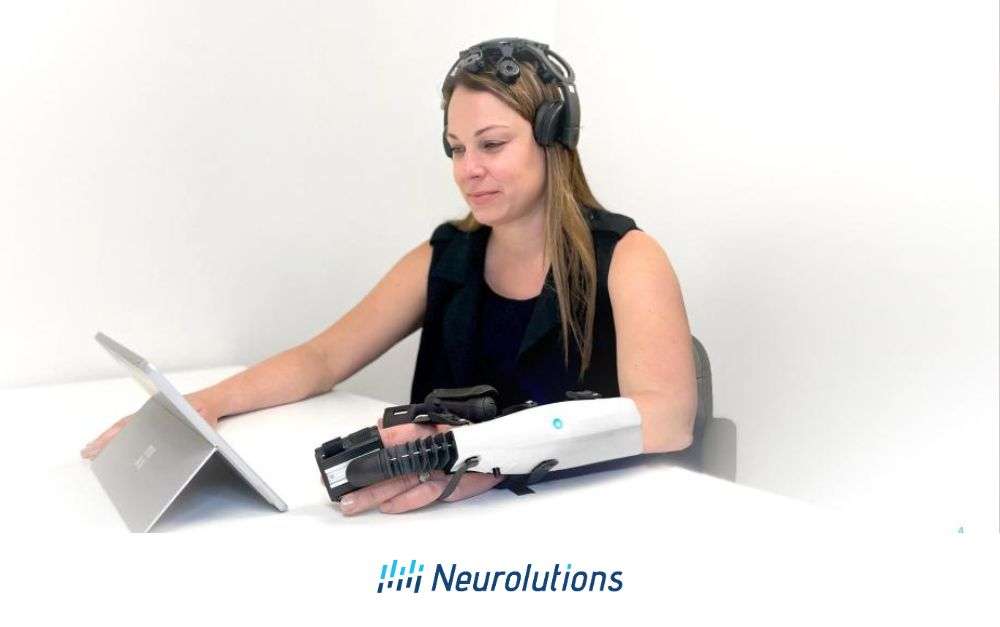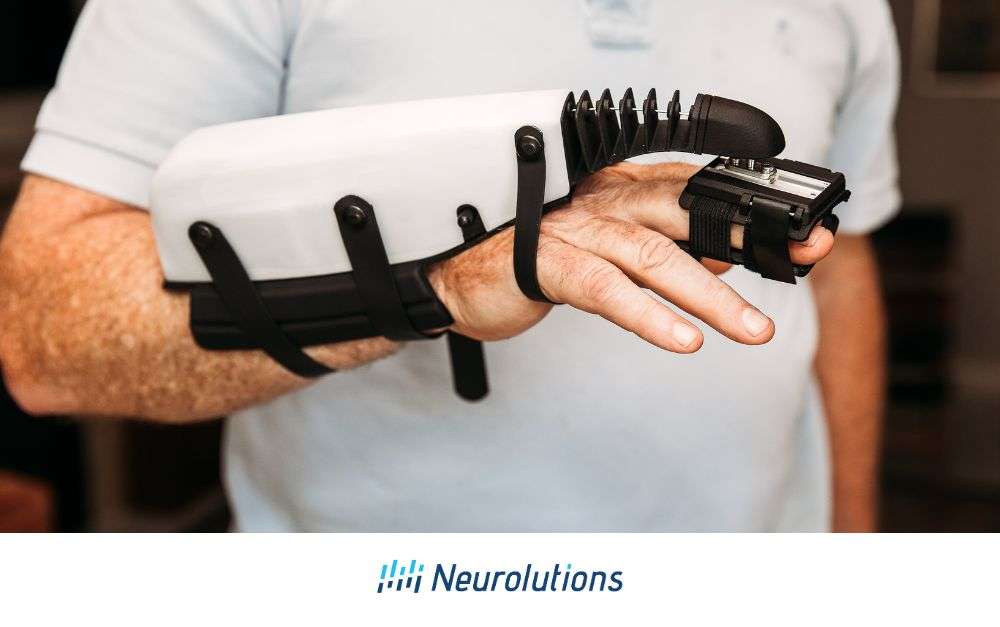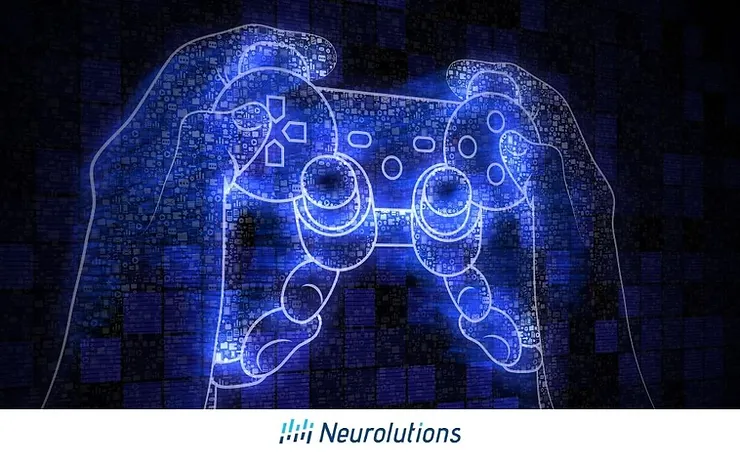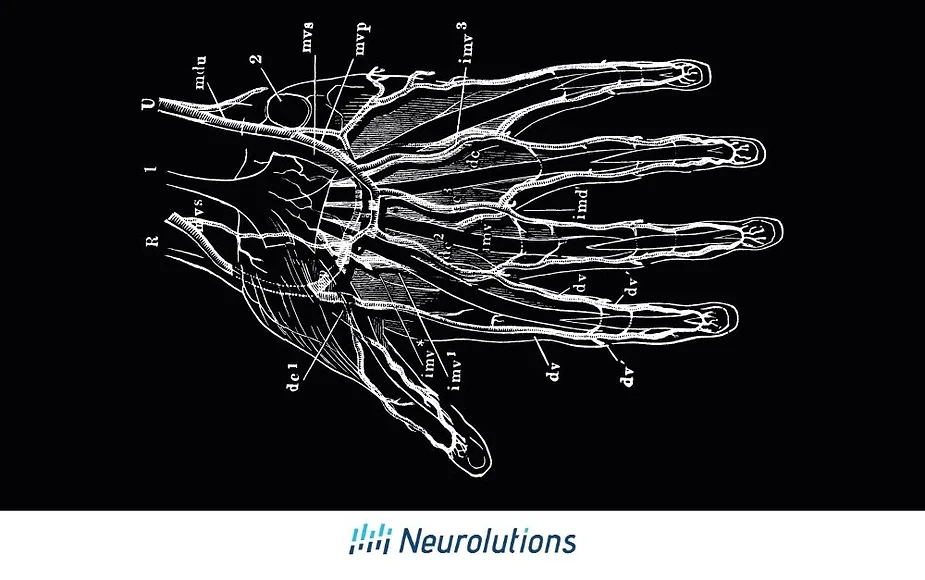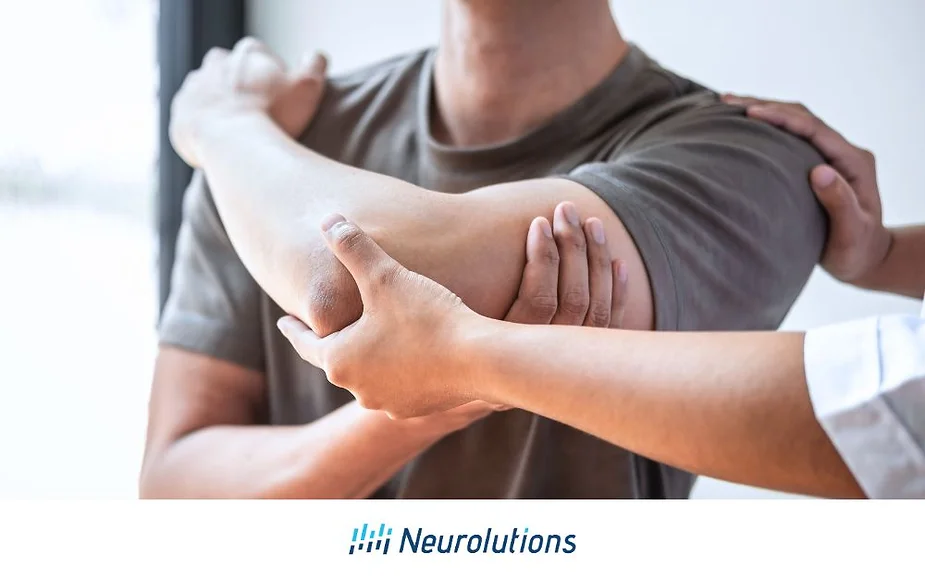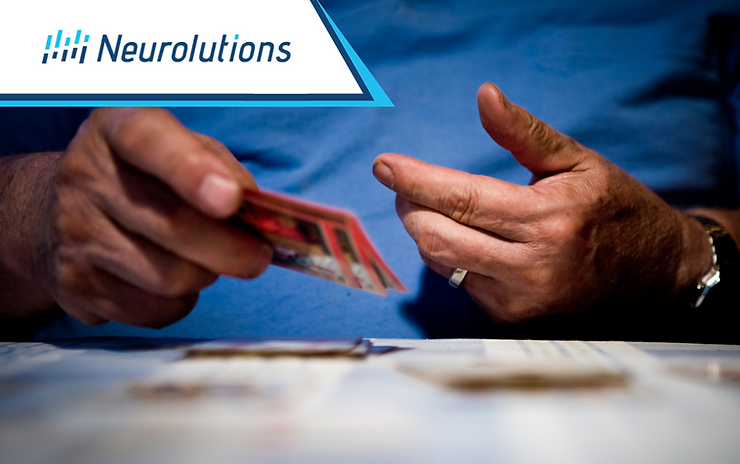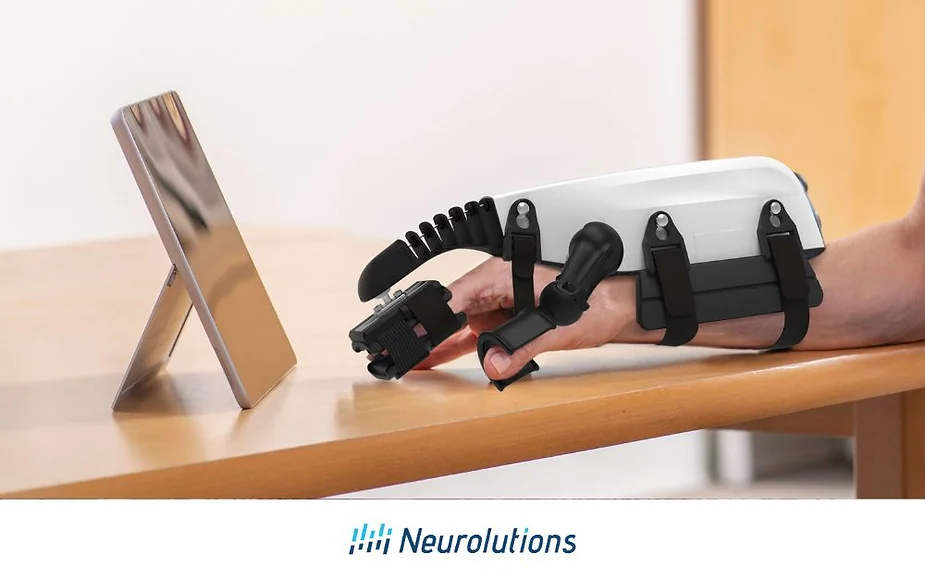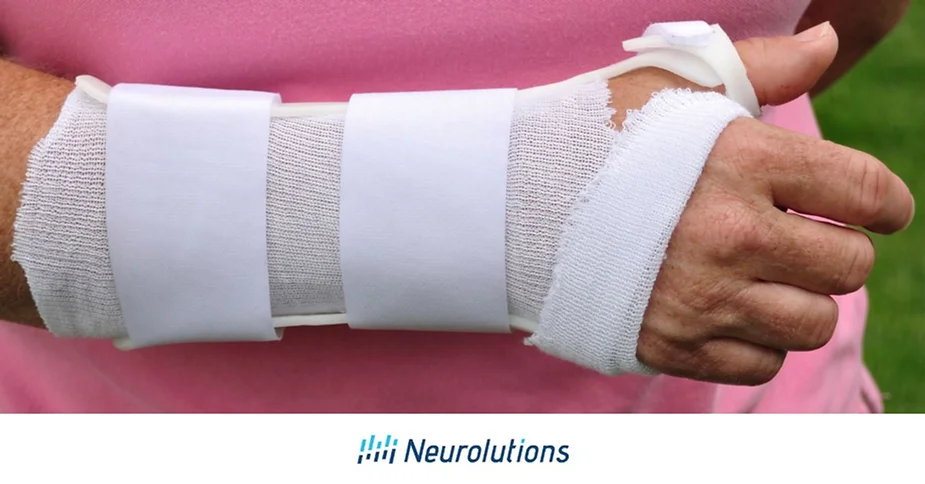How does the IpsiHand fit into an occupational therapists’ toolkit? Who is best suited for the IpsiHand? How can stroke survivors and their care partners keep their hope of recovery intact? Listen in on our interview with Rose Tilton, an occupational therapist at...
